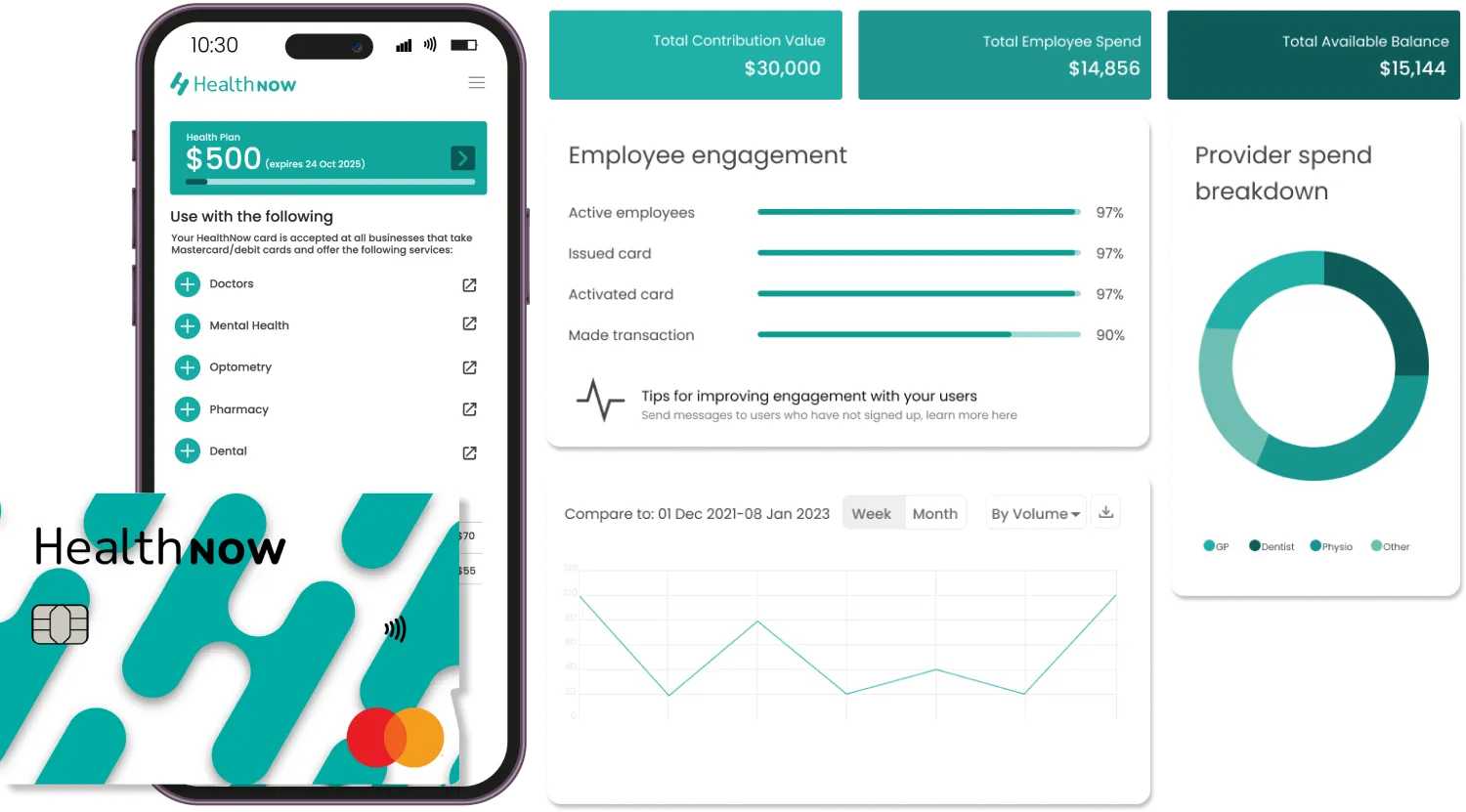Get heel pain when you walk? You’re not alone. Heel pain is one of the most common complaints seen and treated by podiatrists in New Zealand. Specifically, there are two conditions that are proven to account for the majority of heel pain: plantar fasciitis and Achilles tendinopathy.
The good news? Both conditions have treatments proven to be successful in getting people back to pain-free walking and living. Here’s what they are, how they work, and how you can start your recovery today without worrying about the upfront cost.
Plantar Fasciitis: Heel Pain At The Bottom Of The Foot
Plantar fasciitis feels like a sharp pain at the bottom and inside of the heel that often occurs when standing first thing in the morning, or when standing after rest during the day. It may ease after a short period of walking. It’s caused by damage to the plantar fascia, a connective tissue that starts at the bottom of your heel and fans out to attach to all five toes. This damage may occur in a range of ways, but often happens from ‘overdoing it’ on your feet – going too hard too fast, exercising for much longer than your feet are used to, and the like.

Achilles Tendinopathy: Heel Pain At The Back Of The Heel
Achilles tendinopathy feels like pain at the back of the heel which tends to come on during walking – and may be recreated by pointing your toes up towards the sky when standing. The pain may radiate up the back of the calf along the Achilles tendon – the thick, cord-like tendon you can feel if you grasp the back of your heel and move up the calf. Like plantar fasciitis, Achilles pain is also often caused by going too hard too fast and overusing the tendon, though calf tightness may come into play in a lot of cases too.

The Trouble With Treating Heel Pain
Treating heel pain brings a unique challenge. Unlike other parts of the body that you can significantly avoid using when they’re injured – like one of your hands, fingers or elbows, you need to continue to use your feet, including the damaged tissue or tendon, if you want to continue walking. This means that treating heel pain must be very focused, concise and proactive.
There are currently three components of heel pain treatment that have been assessed as integral according to 2021 Best Practice Guidelines for Heel Pain.
-
Shockwave Treatment
Otherwise known as extracorporeal shockwave therapy (ESWT), shockwave has some of the best evidence for effectiveness, especially for people with longstanding heel pain. During a shockwave session, a handheld device is applied to the injury site – either the bottom of the heel or the back of the heel, depending on the diagnosis. The device is activated, and starts emitting acoustic waves through the skin. Your podiatrist moves the device around, targeting the damaged area.
Shockwave sessions are efficient, often lasting no more than 10 minutes. The sessions aren’t painful. There may be some mild discomfort while the device is applied over the damaged heel, but this is short-lived, and many people feel some relief once the session is complete. The goal of shockwave is to help stimulate the natural repair of the damaged tissue, so it can return to a strong, healthy state – one that is without pain.
-
Orthotics
Orthotics are often prescribed for heel pain by podiatrists because of their unique, purposeful and careful ability to alter the way the foot sits and moves. Orthotics can remove or reduce pressure and strain from the damaged heel and limit the way the heel tissues are used, enabling patients to safely keep walking and staying on their feet while recovery progresses. On the other hand, continuing to walk normally may set your progress backwards as you continue to strain the damaged tissue with each step.
The specific functions performed by orthotics are why it’s essential to have your orthotics prescribed by podiatrists – the experts in foot and leg health, who are extensively trained in orthotic prescription. Don’t fall into the trap of purchasing ‘orthotics’ or ‘insoles’ from the pharmacy and expecting a one-size-fits-all device to achieve more than adding some cushioning or general support. Custom foot orthotics are prescribed following a comprehensive examination of your feet and legs, a 3D scan or impression of the feet, and a very thorough prescription by your podiatrist.
-
Stretching, Strapping & Education
Stretching, strapping and education are also important parts of caring for heel pain. A stretching program focusing on the fascia or the Achilles tendon will help manage your symptoms, while working to reduce the likelihood of your pain from recurring in the future by removing tissue tightness as a contributing factor. Strapping your heel can provide some temporary pain relief and offloading for plantar fasciitis, with a heel raise in your shoe doing the same for these Achilles tendon. While these solutions aren’t permanent, they’re a great interim measure while waiting for your foot orthoses to be manufactured.
Finally, the more you know, the better care you can take to assist your recovery now – and help prevent the pain from recurring in the future.This is where education is a vital component to help you make the best decisions that promote your wellbeing and recovery – and don’t work against you to cause more damage. Your podiatrist will give you a full run-down of everything you should know, and the do’s and don’ts, at your appointment.
Removing The Cost Barrier From Podiatry Appointments
While having the assurance that heel pain is very treatable and knowing what you should do to fix your heel pain is great – booking in with your podiatrist and being able to get all the treatments you need can be met with a significant cost barrier, especially if your heel pain has only recently started and you haven’t prepared for the expense.
Delaying care for your heel pain leaves your feet vulnerable to the pain and injury getting worse, and can affect your ability to go to work or do the things you love. For those whose injuries are covered by ACC, most clinics still charge ACC co-payments, leaving many people stuck and unsure what to do – or using their money trying cheap temporary heel cushions which often have no benefit and degrade quickly.
This is where New Zealand’s leading health-focused Buy Now, Pay Later (BNPL) platform, HealthNow, has stepped in to bridge this gap at no cost to health consumers. Used as an app on your smartphone, your total appointment cost, including the cost of any products, is split over up to six weeks, leaving your upfront cost at only a fraction of what it would otherwise be.
Unlike other BNPL services that charge fees or interest, which further disadvantage those that are in pain and are trying to be proactive about their health, HealthNow remains completely free to users, and podiatry clinics still get paid in full by HealthNow on the day of the visit. This win-win platform is transforming healthcare access for New Zealanders, enabling them to get the best outcomes for their health by not being forced to delay their care.
To start using HealthNow and claim your $10 credit when you first create an account to use on any health service, sign up here. You can also check out HealthNow’s full benefits and features, including a health wallet to store funds set aside for health services that can be contributed to by others including your employer.








